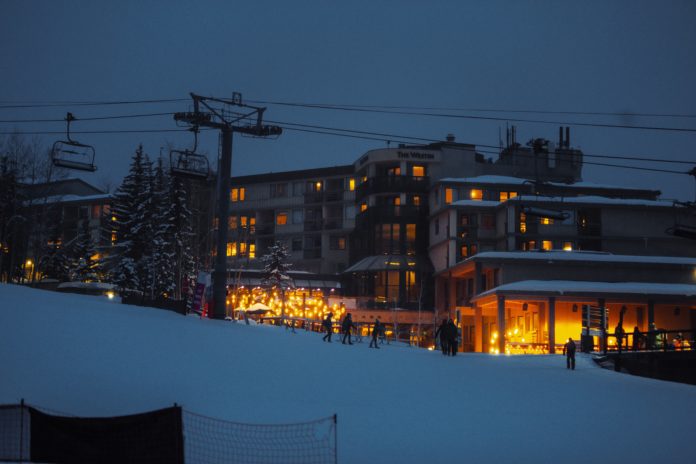
In 1983, Pitkin County sued the U.S. Forest Service challenging a proposed 6,600-skier expansion of Snowmass onto Burnt Mountain, according to an article in Western Colorado Report. The suit was settled out of court for an undisclosed amount but challenged the transfer of one ski permit to a different owner.
“But the point of the lawsuit according to the County Commissioners, was to force the Forest Service” to ask itself if the area needed another ski resort, Western Colorado Report reported. The outlet noted the U.S. Forest Service avoids considering off-site economic impacts of ski areas, but in this case it attempted to answer economic questions triggered by the county.
As part of the settlement, the U.S. Forest Service’s environmental assessment of the Burnt Mountain expansion would contain an “in-depth analysis of off-site concerns,” according to the February 1983 Western Colorado Report article. The U.S. Forest Service also needed to disclose issues that would normally be outside of its scope for the assessment.
According to the Western Colorado Report article, Snowmass area residents thought the Pitkin County suit was largely unnecessary as the economic impacts of the expansion to Burnt Mountain had already been covered in a study funded by the village. The county and the ski company allegedly spent $20,000 each on the lawsuit.
But this wasn’t the county’s only legal squabble over this ski area expansion — nor would it be the last. Nearly a decade later in 1994, Pitkin County threatened a lawsuit again, alleging the town didn’t require 30 mitigation measures the county demanded, according to an October 1994 Aspen Daily News article. The outlet noted the area’s future seemed bright with the pending project but the pending lawsuit could delay the project.
Then Pitkin County commissioner Mick Ireland, who later become the county seat’s controversial mayor, reportedly told Aspen Daily News his problem with the plan was mostly based on outstanding transit issues.
The Aspen Daily News in 1994 noted other county commissioners said their biggest concern was the water consumption — an issue that didn’t subside with time. Snowmass Creek was proposed to dip as low as 7 cubic feet per second during the fall, lower than the minimum of 9.2, according to Aspen Daily News.
According to Aspen Daily News, a 1984 intergovernmental agreement bound Snowmass Town Council to adhere to any “reasonable conditions” the county requested. The U.S. Forest Service also intervened in 1994 to say it wouldn’t allow the improved and expanded ski area to run a gondola during the summer due to wildlife concerns. The ski area insisted the gondola was reasonable but said a covered cabin lift would be built if the area gets 884,000 skiers in a single season, according to Aspen Daily News.
The U.S. Forest Service said it was hoping for an environmental evaluation of the gondola connections by November 1994, which would be paid for by the ski area and led by the agency.
The 1994 project spurred concerns Snowmass Village and the ski area were becoming overcrowded. Aspen Daily News spoke with locals and village officials who said the town was getting too congested and couldn’t sustain that level of growth with the area’s existing transit system.
The Burnt Mountain expansion never happened but is still a long-term plan for Snowmass, according to a 2022 master development plan. For the time being, Burnt Mountain still attracts backcountry skiers.

